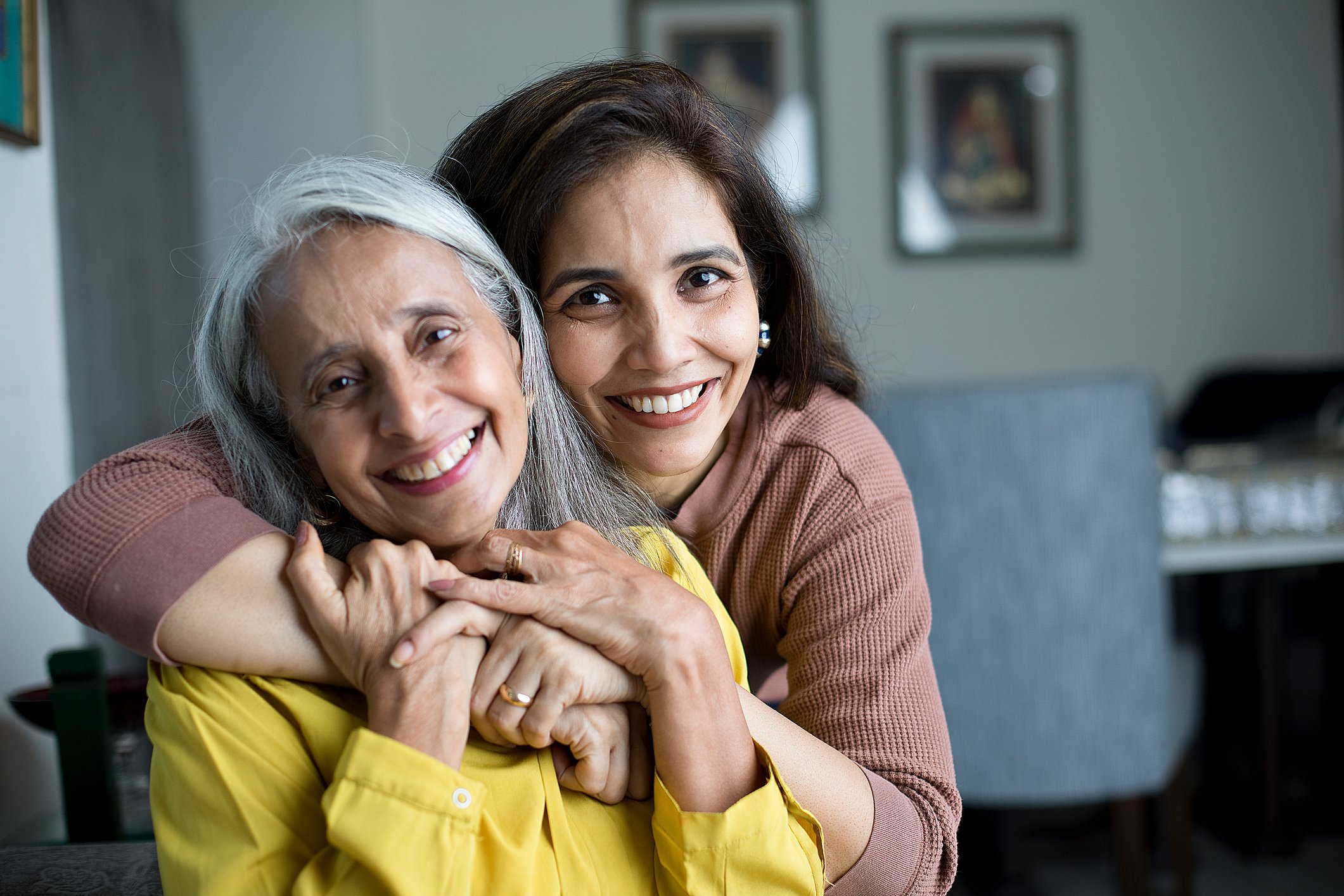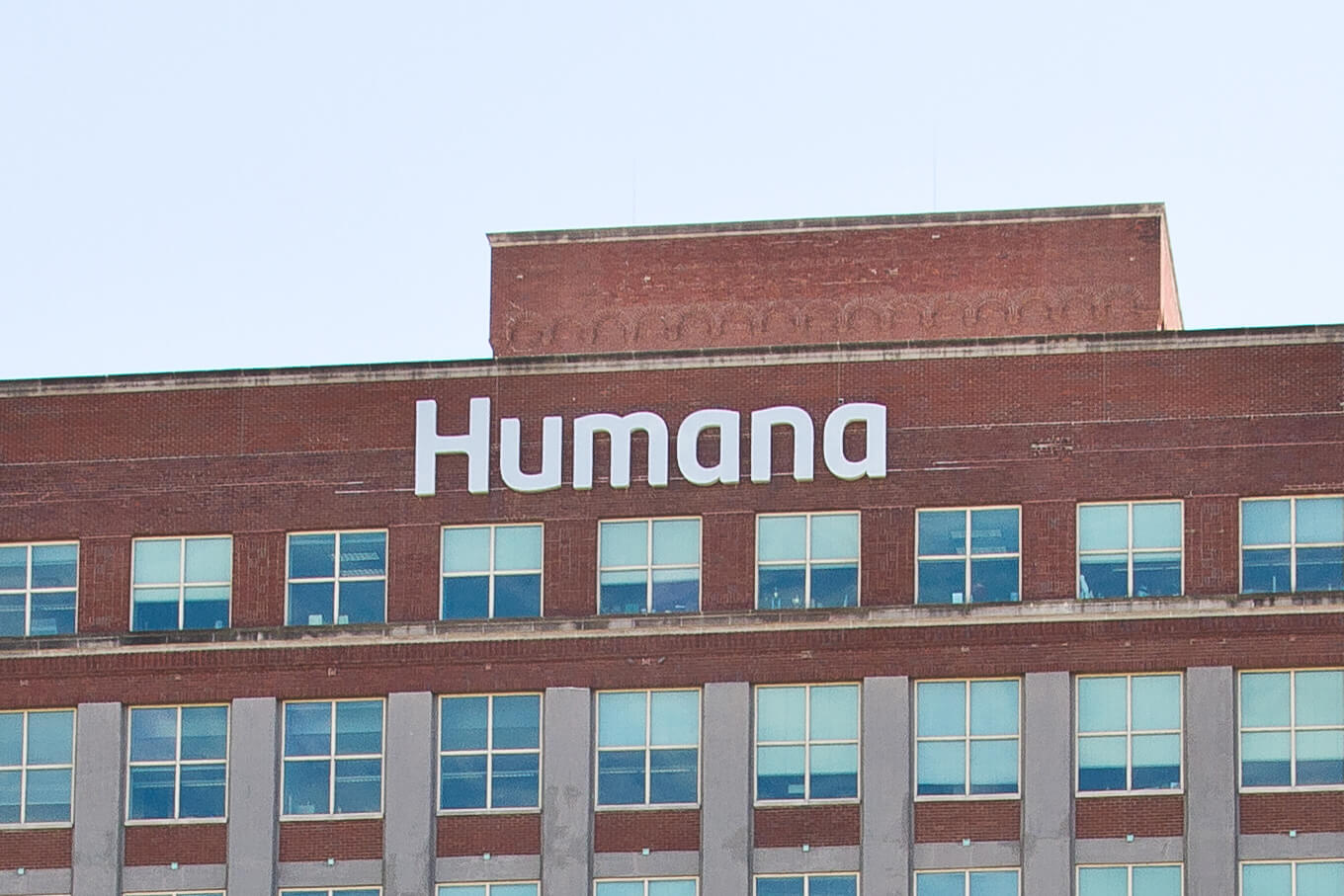Leaders at the Department of Health and Human Services (HHS) are bullish on artificial intelligence to help patients manage health conditions and make the healthcare system more cost-effective, and they’re betting on the private sector to bring new innovation to the market.
The Trump administration has signaled it wants to “move faster” with health data sharing and artificial-intelligence-based tools.
The federal government needs to set the guardrails and build the foundational infrastructure and then get out of the way to let health tech companies do the innovation and build, according to Amy Gleason, acting administrator of the U.S. DOGE Service and strategic advisor at the Centers for Medicare & Medicaid Services (CMS).
In late July, the CMS launched its Health Technology Ecosystem Initiative and Interoperability Pledge. The administration has two focus areas: a CMS interoperability framework and increasing the availability of personalized tools. As part of these efforts, the CMS will create an app store of vetted digital health solutions, require apps to use modern identity solutions and integrate AI chatbots to provide beneficiaries with information about healthcare access, federal leaders said.
“I think by empowering patients and empowering doctors and payers alike with data and tools, we can take a lot of the expense out of the system,” said Gleason, who started her career in nursing and then moved into healthcare technology, including building and implementing electronic medical records and practice management technologies.
The 60 companies that signed up for the Health Tech Ecosystem initiative are expected to deliver results in the first quarter of 2026. “We’re going to keep tacking on every six months some goals for that,” Gleason said.
Gleason said Wednesday she’s motivated by her own personal experiences with the fragmented U.S. healthcare system. In 2010, her daughter was diagnosed with a rare autoimmune disorder, and it took more than a year for her daughter to get a diagnosis.
“She now sees 12 doctors across six health systems in four states and takes 21 pills a day. She gets two infusions every month, and it’s quite a lot to manage. It can be a full-time job. I really believe that if someone had had all of her information at one place at that time, and especially if they had modern AI like we have now, that somebody would have figured out what was going on,” Gleason said. “It’s really changed my passion, and I’m really passionate about fixing this, helping patients be empowered, having doctors have the information they need, but also having patients and families have the information that they need.”
Gleason also sees the promise of AI-based assistants purpose-built for healthcare as her daughter has used AI-based chatbots to help manage her condition, analyze her medical records and provide feedback, Gleason said.
As part of the HHS’ tech push, the CMS also is creating a national provider directory with FHIR-based APIs and adding modern digital identity to Medicare.gov.
Those two initiatives are examples of how the CMS can provide the infrastructure and the private sector can then build on top of it, Gleason said Wednesday during the 2025 Milken Institute Future of Health Summit.
“We have a lot of that [provider] information at CMS, but it’s split across eight different databases, so we’re consolidating those and figuring out the right information we have, but then we’re working with the private sector to keep that information up-to-date so that everyone else can use that from one source and stop rebuilding this over and over in the private sector,” Gleason said. “I think that’s a good example of infrastructure that the government should own, because they’re really the only one that can have enough data and people will trust to share their data, and then everyone can take the benefit of.”
With modern identity security, the CMS is developing the guardrails, and private companies can then use the same credentials, she noted.
“All of the apps that I was talking about, like ‘kill the clipboard’ and conversational AI and disease management items, those should all be in the private sector so that the government is not in that business, and the government can’t go fast enough and nimbly enough to build those kind of solutions anyway and make them competitive,” Gleason said. “I think there’s a great example of how the government can build some things where it makes sense to provide that infrastructure but really unleash the power of the private sector.”
The HHS and the CMS also are pushing to use AI technologies internally to make their teams more efficient, build out tech infrastructure and “have faster deliverables,” Gleason said. She asserts that when she started working as a strategic advisor at the CMS in January, there were only 12 engineers in the agency.
“All of CMS, there are thousands of contractors and 12 engineers. I think it was like one to 275 people, employee to contractor, so there’s no way that anybody can have any oversight of what’s being built or how it’s being done, or getting any real kind of feedback,” she said.
“We’re recruiting very heavily for very senior, top tech talent,” Gleason said Wednesday. “You don’t have to come and make a career in the federal service forever. You can come for six months, 12 months, two years. Come and do a service, a tour of duty, if you will. We’re recruiting people from the major tech companies, Apple, Google, Microsoft, Amazon, as well as smaller startup companies.”
She added, “We also like people that have been in a startup because they have a lot of grit and have figured out a lot of things.”
On the regulatory front, the CMS is trying to be adaptive and ensure technology is part of the policy discussions, Gleason noted. “A lot of times, policy gets passed and it dictates things that have to be done a certain way in tech, and then you’re kind of stuck with that. I think we’re getting better at involving technology people and trying to leave the specific tech out of policy and let that be guidance later.”
The HHS, under the Trump administration, is pursuing data transformation through major reorganization, a focus on AI and initiatives aimed at interoperability and data sharing. As part of this reorganization, there have been major workforce and budget cuts. The administration released an AI Strategic Plan in January, and the agency is hiring more AI tech talent.
“Internally, we are deploying AI. I deployed a large language model to all 60,000 of our employees back in September, thousands of them are using it every week to improve their work in ranging from summarizing papers and all sorts of other ways depending on what the job is. We’re going to continue to increase the use of AI internally as well,” said Jim O’Neill, deputy secretary at the HHS, during the Future of Health Summit on Thursday.
“AI is going to play a wonderful and growing role in all aspects of life, definitely including healthcare,” said O’Neill, who also was tapped as acting director at the Centers for Disease Control and Prevention. “It’s already starting to improve the accuracy and safety and affordability of going to the doctor in terms of decision support, in terms of diagnosis, in terms of coordination to care across multiple providers. We really want to support that and make sure that also payers are able to pay for it, that AI is not an out-of-pocket expense for doctors because it is really adding value across the system. And we want to make sure that we don’t stifle innovation of AI with too much regulation. Also, pharma companies are using AI more and more in terms of drug discovery and drug design, and we support that.”
When moderator Esther Krofah, executive vice president at the Milken Institute Health, asked about striking the right balance between deploying AI and regulating the technology to ensure safety, O’Neill replied, “So safety is important, but if I had to pick, I think faster is better. The faster we have really good AI, the more value we’ll get out of it.”
In four years, Gleason envisions that the department’s health tech initiatives will help accelerate AI innovation and data sharing for patients and providers.
“I think we’ll see, maybe by the end of four years, a lot of patients will have this AI assistant that they can use every day and that we’ve maybe knocked the interoperability challenge once and for all for providers to have their data,” she said.
She added, “I think a year from now, you’ll have a pretty early version of an AI companion that can guide you through what to do in healthcare, prompt you for healthy things in the day and help you have a better patient experience.”
Publisher: Source link










